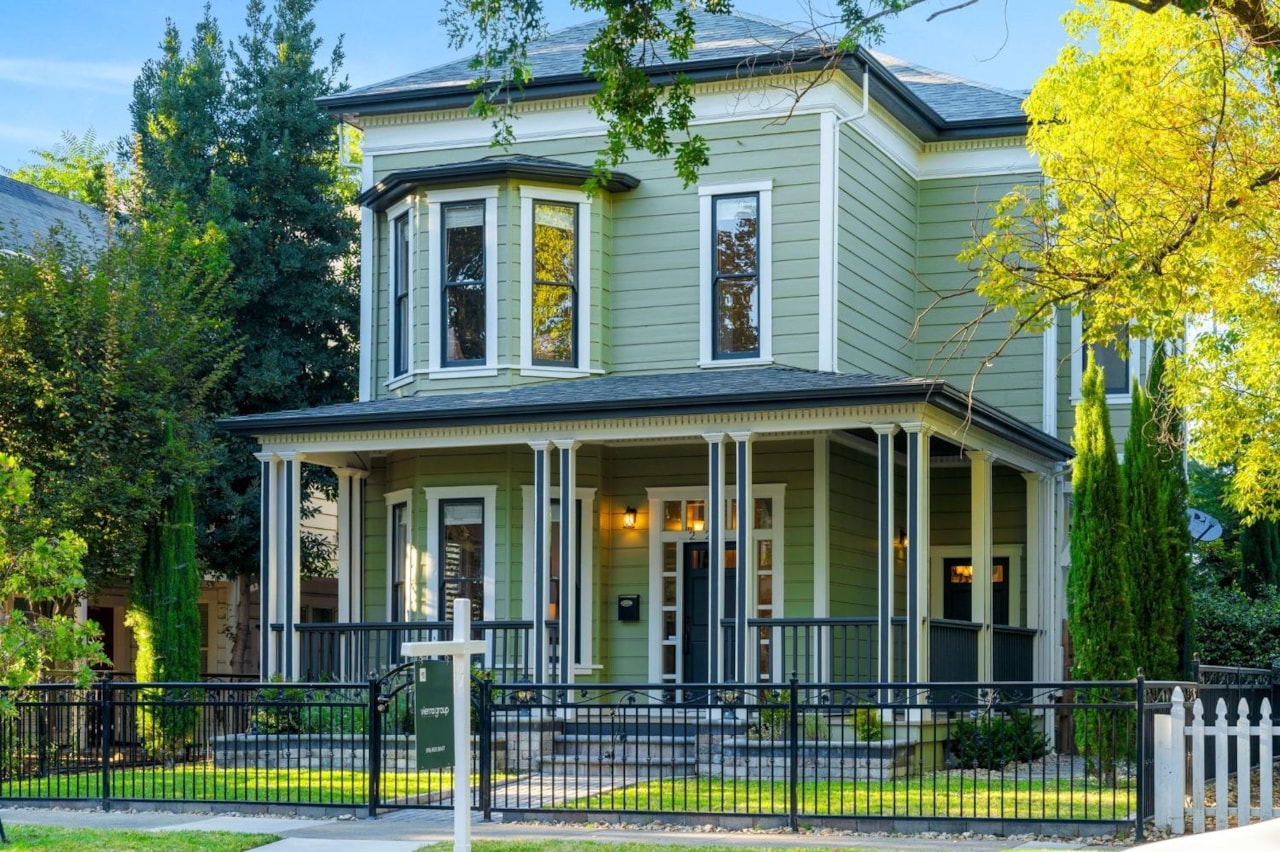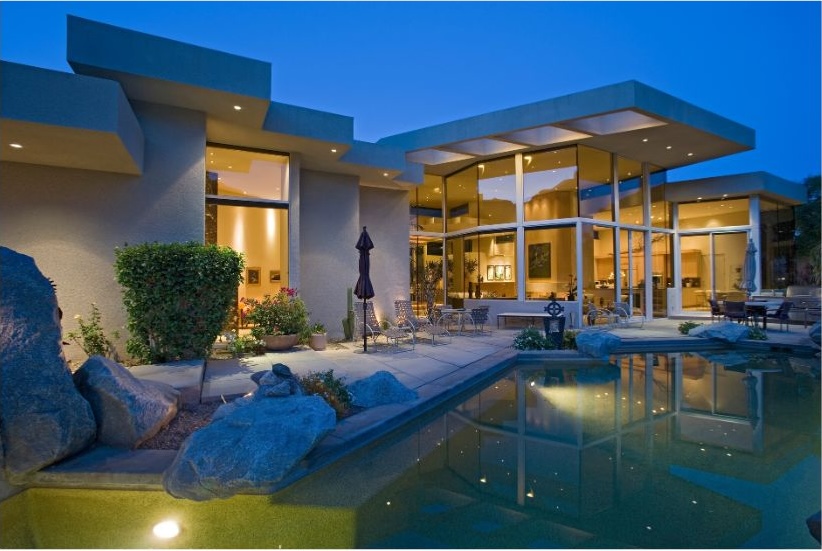In the ever-evolving landscape of real estate, historical homes stand as timeless treasures, offering a unique blend of architectural beauty, rich history, and cultural significance. These homes are not just places to live; they are living pieces of history that add character and value to the neighborhoods they inhabit. From their distinct architectural styles to their stories of bygone eras, historical homes provide a sense of identity and charm that newer constructions often lack. In this blog, we will explore how historical homes add character and value to a neighborhood, making them highly sought after by buyers and preservationists alike.
Architectural Beauty and Uniqueness
One of the most compelling aspects of historical homes is their architectural beauty and uniqueness. These homes often feature intricate designs, craftsmanship, and details that are rarely found in modern constructions. Architectural styles such as Victorian, Colonial, Craftsman, and Tudor each bring their own distinct aesthetic, contributing to the visual appeal of a neighborhood.
Victorian Homes
Victorian homes, with their ornate trim, turrets, and steeply pitched roofs, exude elegance and grandeur. Their vibrant colors and decorative elements make them stand out, creating a picturesque streetscape.
Colonial Homes
Colonial homes are known for their symmetrical facades, gabled roofs, and classic proportions. Their timeless design and understated elegance add a sense of tradition and stability to a neighborhood.
Craftsman Homes
Craftsman homes, characterized by their low-pitched roofs, exposed rafters, and handcrafted details, celebrate simplicity and artisanship. These homes often feature large porches and natural materials, creating a warm and inviting atmosphere.
Tudor Homes
Tudor homes, with their steeply pitched roofs, half-timbered exteriors, and leaded glass windows, evoke the charm of medieval England. Their unique design elements add a storybook quality to the neighborhood.

Historical Significance and Stories
Historical homes are more than just beautiful structures; they are vessels of history, each with its own unique story. These homes often have connections to significant events, notable figures, or cultural movements, adding depth and meaning to the neighborhood. The stories associated with historical homes can create a sense of pride and identity among residents.
Preserving Local History
Owning a historical home often comes with a sense of responsibility to preserve and protect the local history. Homeowners may uncover fascinating stories about previous occupants, historical events, or architectural changes over time. This preservation of history fosters a sense of continuity and connection to the past.
Community Engagement
Historical homes can also serve as focal points for community engagement and education. Local historical societies and preservation groups often organize tours, lectures, and events centered around these homes, bringing neighbors together and fostering a sense of community.
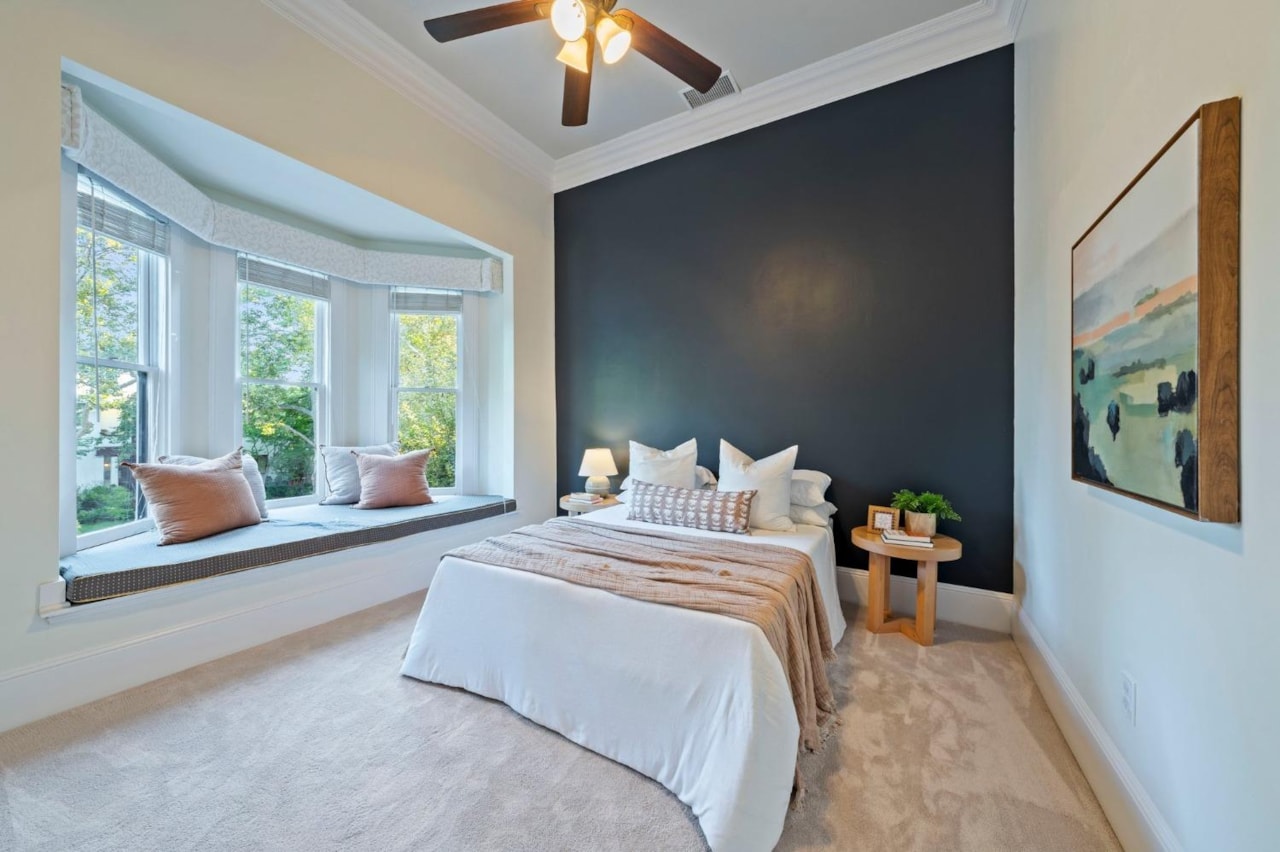
Cultural and Aesthetic Appeal
The cultural and aesthetic appeal of historical homes is undeniable. These homes contribute to the unique character and identity of a neighborhood, setting it apart from cookie-cutter developments. The preservation of historical homes helps maintain the architectural diversity and cultural richness of an area.
Visual Diversity
Historical homes introduce visual diversity to a neighborhood, breaking the monotony of uniform housing developments. The eclectic mix of architectural styles, colors, and materials creates a visually stimulating environment that attracts residents and visitors alike.
Cultural Heritage
Historical homes often reflect the cultural heritage of a community. They may incorporate design elements, materials, and construction techniques that are specific to the region’s history and traditions. This cultural heritage adds depth and authenticity to the neighborhood.
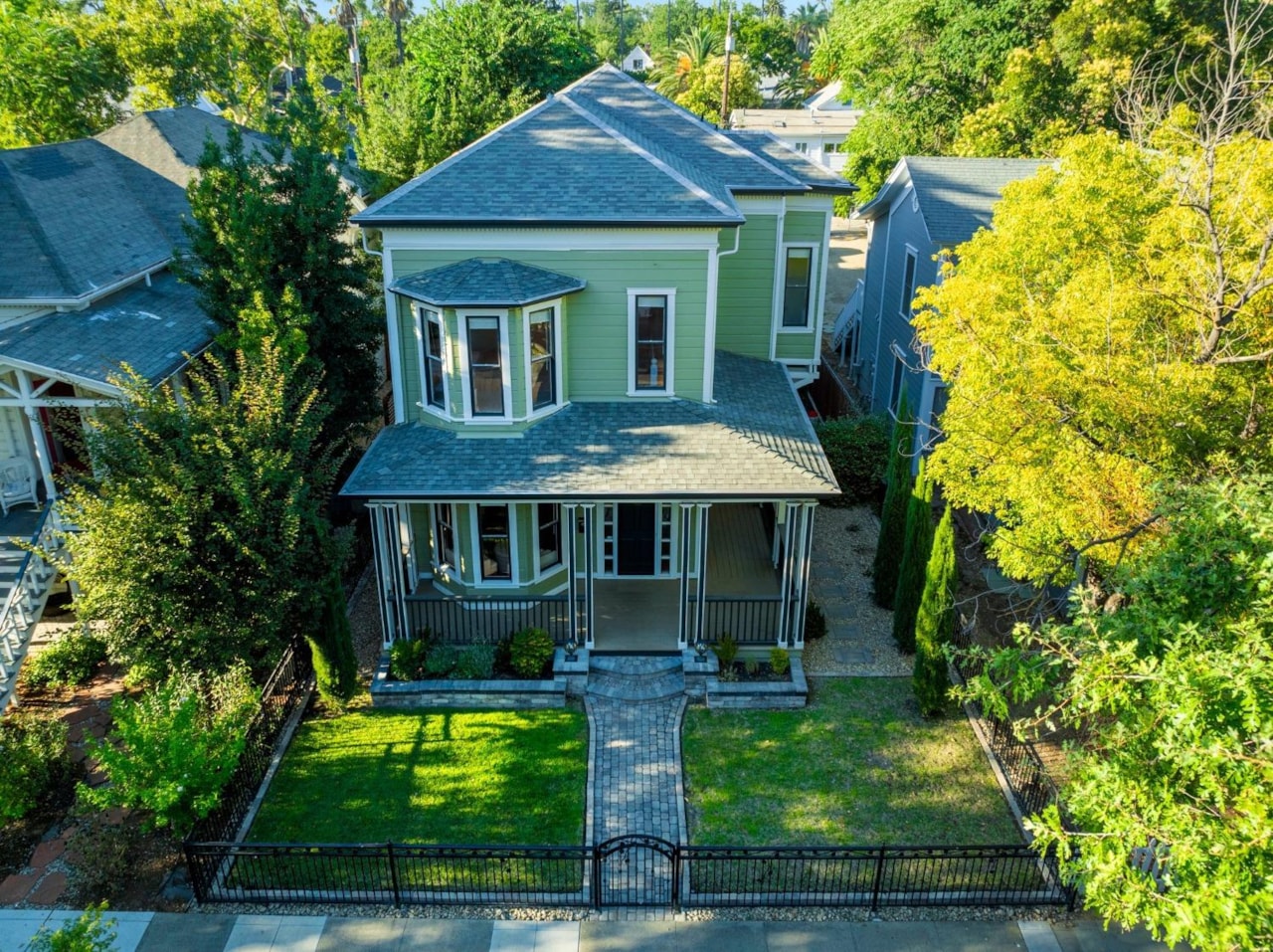
Economic Benefits and Increased Property Values
Beyond their aesthetic and cultural appeal, historical homes can also offer economic benefits and increased property values. Well-preserved historical homes are often highly desirable, attracting buyers who are willing to pay a premium for their unique charm and character.
Desirability and Marketability
Historical homes have a distinct market appeal, drawing buyers who appreciate their architectural beauty, craftsmanship, and historical significance. The scarcity and uniqueness of these homes can create a competitive market, driving up property values.
Tax Incentives and Grants
Many regions offer tax incentives and grants to encourage the preservation and restoration of historical homes. These financial benefits can offset the costs of maintaining and renovating older properties, making them more affordable for homeowners.
Neighborhood Revitalization
The presence of historical homes can stimulate neighborhood revitalization efforts. As homeowners invest in the restoration and upkeep of their properties, the overall appearance and appeal of the neighborhood improve. This can attract new residents, businesses, and investment, further boosting property values.
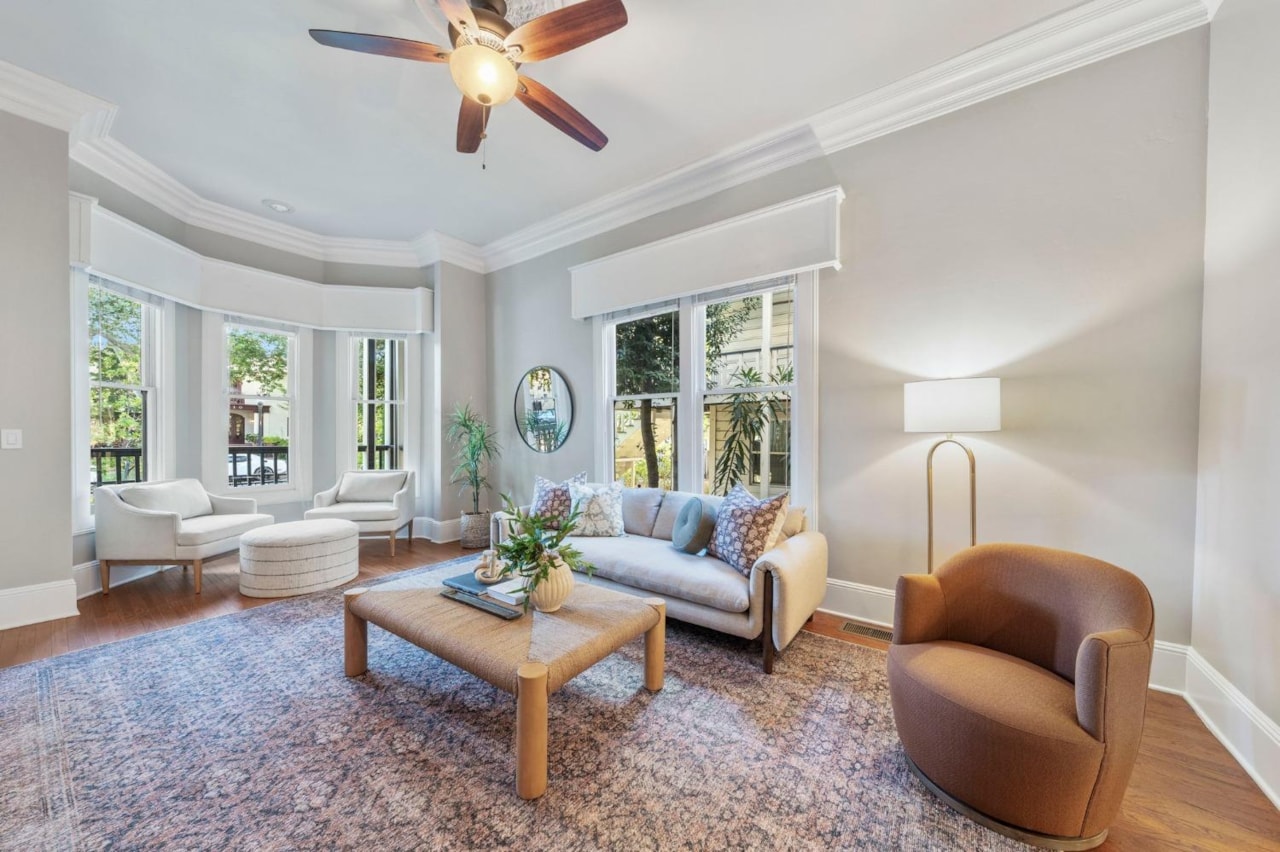
Challenges and Considerations
While historical homes offer numerous benefits, they also come with challenges and considerations. Prospective buyers and homeowners should be aware of the responsibilities and potential costs associated with owning a historical property.
Maintenance and Restoration
Historical homes often require ongoing maintenance and restoration to preserve their structural integrity and historical features. This can be costly and time-consuming, requiring specialized skills and materials.
Regulations and Restrictions
Many historical homes are subject to regulations and restrictions aimed at preserving their historical integrity. Homeowners may need to obtain permits and adhere to specific guidelines for renovations and alterations, which can limit their flexibility.
Energy Efficiency and Modernization
Older homes may lack modern amenities and energy-efficient features. Retrofitting a historical home with updated systems, insulation, and technology can be challenging and expensive, but it is often necessary to ensure comfort and sustainability.
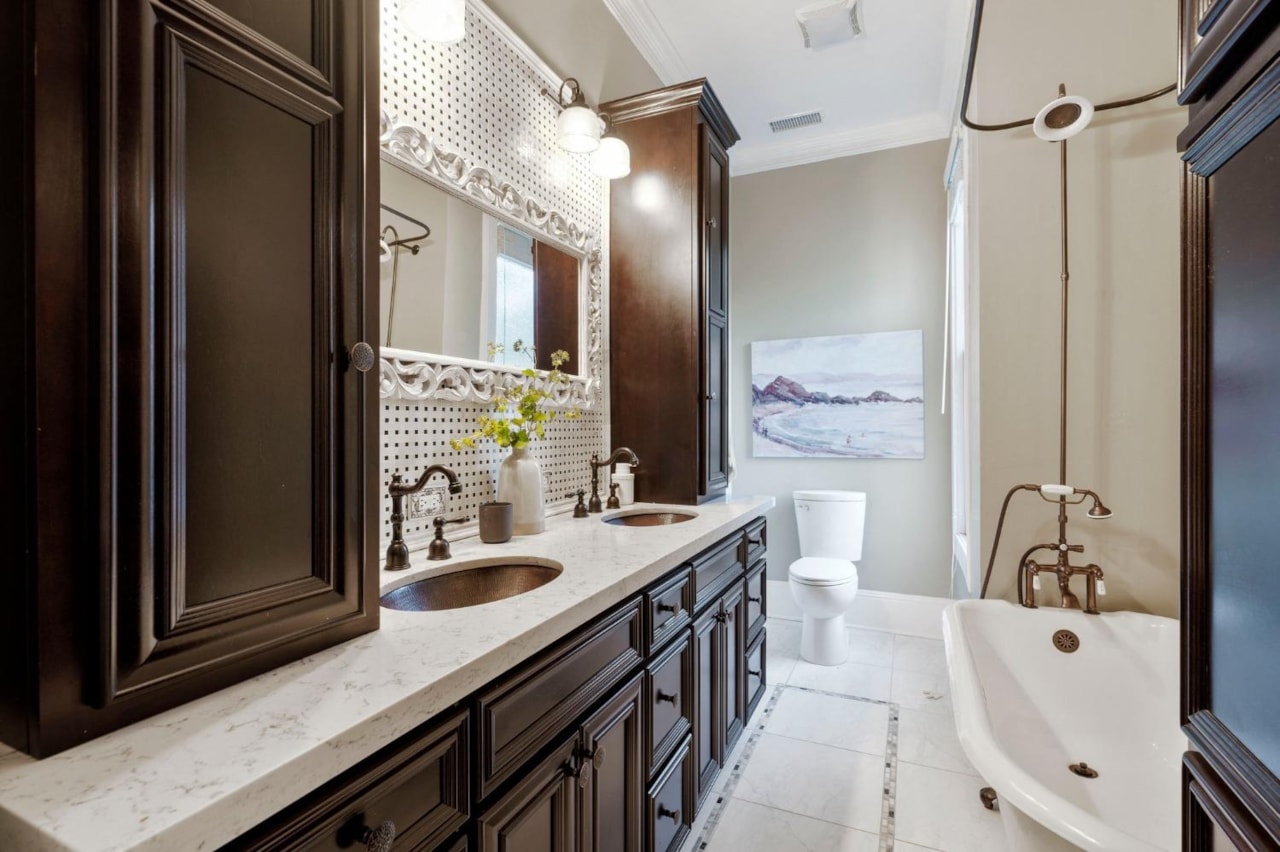
Conclusion
Historical homes are treasures that add immense character and value to a neighborhood. Their architectural beauty, historical significance, cultural appeal, and economic benefits make them highly desirable properties. While owning a historical home comes with challenges, the rewards of preserving and living in a piece of history are immeasurable. These homes not only enhance the aesthetic and cultural richness of a neighborhood but also create a sense of pride, identity, and continuity for residents. By valuing and preserving historical homes, we ensure that the stories, craftsmanship, and heritage of the past continue to enrich our communities for generations to come.
If you are looking to buy your dream home or sell your existing house in Sacramento feel free to get in touch with us today!


